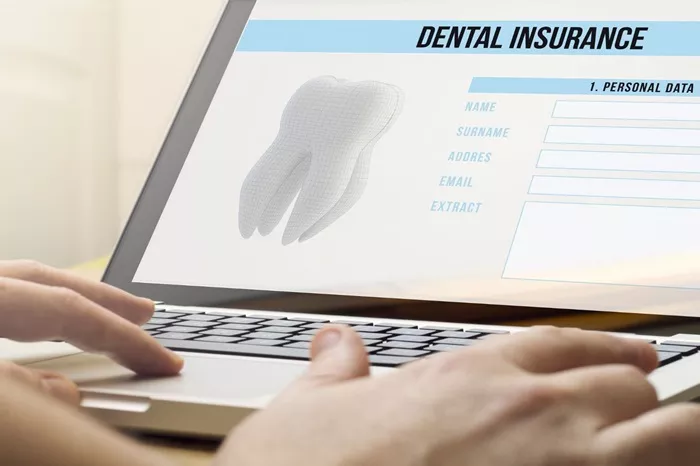Getting into a car accident is a stressful experience, and one of the concerns that often follows is how it will impact your car insurance premiums. Insurance companies view accidents as indicators of increased risk, and as a result, they typically adjust premiums accordingly. However, the amount by which your car insurance increases after an accident can vary significantly based on several factors.
Factors Influencing the Increase in Car Insurance Premiums
Fault in the Accident
At – Fault Accidents
If you are determined to be at fault in an accident, your insurance premium is likely to increase more significantly compared to a not – at – fault accident. Insurance companies consider at – fault drivers to be a higher risk in the future, as they may be more likely to be involved in another accident. For example, if you run a red light and collide with another vehicle, causing significant damage and injuries, your insurance company will likely raise your premium substantially. The increase can range from 20% to 50% or more, depending on the severity of the accident and your insurance company’s policies. In some cases, if the accident was particularly egregious, such as a DUI – related accident, the premium increase could be even higher, potentially doubling or tripling your previous premium.
Not – At – Fault Accidents
Even if you’re not at fault in an accident, your insurance premium may still increase, although typically to a lesser extent. Insurance companies may still view you as being in a higher – risk category simply because you were involved in an accident. However, the increase is usually more modest, perhaps in the range of 5% to 15%. This is because the risk associated with you as a driver may not have actually increased significantly, but the insurance company has still had to process a claim on your policy. For instance, if you’re rear – ended by another driver who was speeding, your insurance company may still raise your premium slightly, even though you were not at fault.
Severity of the Accident
Minor Accidents
Minor accidents, such as a simple fender – bender with minimal damage to the vehicles and no injuries, generally result in a smaller premium increase. If the damage is only cosmetic and can be repaired relatively inexpensively, the insurance company may increase your premium by around 10% to 20%. For example, if you lightly scrape another car in a parking lot and the repair cost is a few hundred dollars, your premium increase will likely be on the lower end of this range. The insurance company assesses that the risk of future accidents based on this minor incident is not significantly elevated.
Major Accidents
Major accidents, on the other hand, can lead to substantial premium increases. If there is significant damage to multiple vehicles, serious injuries, or even fatalities, your premium could increase by 30% to 100% or more. For example, in a multi – vehicle pile – up on a highway where several people are injured and the vehicles are severely damaged, the insurance company will view you as a much higher – risk driver. The cost of paying out claims for such accidents is high, and the insurance company will adjust your premium to reflect this increased risk.
Driving Record Prior to the Accident
Clean Driving Record
If you had a clean driving record before the accident, the premium increase may be somewhat mitigated compared to a driver with a history of traffic violations or previous accidents. Insurance companies take into account your overall driving history when determining the premium increase. A driver with a long – standing clean record who is involved in an accident may see a smaller increase, perhaps in the range of 15% to 30% for an at – fault accident. For example, if you’ve been driving for 10 years without any accidents or violations and then have a minor at – fault accident, the insurance company may be more lenient in raising your premium because they consider you to have a generally good driving track record.
History of Violations or Accidents
Conversely, if you already have a history of traffic violations or previous accidents, the premium increase after a new accident will likely be more substantial. Insurance companies see you as a repeat offender and a higher – risk driver. For instance, if you’ve had a couple of speeding tickets and a previous minor accident, and then you’re involved in another at – fault accident, your premium could increase by 40% to 60% or more. The insurance company is factoring in your past behavior as an indication of your future risk.
Type of Insurance Policy
Liability – Only vs. Comprehensive/Collision
The type of insurance policy you have can also impact the premium increase. If you have a liability – only policy, which only covers damages and injuries you cause to others in an accident, the increase may be more focused on the liability aspect. For an at – fault accident, the premium increase for a liability – only policy could range from 20% to 40%, depending on the severity of the liability. On the other hand, if you have a comprehensive or collision policy, which also covers damage to your own vehicle, the premium increase may be higher because the insurance company has to consider both the liability and the cost of repairing or replacing your vehicle. For example, in a comprehensive policy, if your car is damaged in an accident and you’re at fault, the premium increase could be in the range of 30% to 50% or more.
Full – Coverage Policies
Full – coverage policies, which include both comprehensive and collision coverage along with liability, tend to have higher premium increases after an accident. This is because they provide more extensive coverage, and the insurance company has a greater potential financial exposure. If you have a full – coverage policy and are involved in a major accident, the premium increase could be substantial, potentially 40% to 80% or more, depending on the factors mentioned above such as fault, severity, and driving record.
Average Percentage Increases Based on Scenarios
Minor At – Fault Accident with a Clean Record
For a minor at – fault accident, such as a small scratch or dent in a parking lot, where the driver has a clean driving record, the average premium increase is around 15% to 25%. The insurance company recognizes that the risk increase is relatively low due to the minor nature of the accident and the driver’s otherwise good record. For example, if your annual premium was $1,000 before the accident, it could increase to between $1,150 and $1,250 after the accident.
Major At – Fault Accident with a Clean Record
In the case of a major at – fault accident, like a high – speed collision resulting in significant vehicle damage and injuries, even with a clean driving record, the premium increase can range from 30% to 50%. So, if your previous premium was $1,200, it could jump to between $1,560 and $1,800. The insurance company is factoring in the higher risk associated with the severity of the accident, despite the driver’s past good behavior.
Minor Not – At – Fault Accident
For a minor not – at – fault accident, such as being lightly bumped from behind, the premium increase is typically in the 5% to 10% range. If your premium was $800 before the accident, it might increase to between $840 and $880. The insurance company acknowledges that the driver was not at fault but still needs to account for the claim on the policy.
Major Not – At – Fault Accident
Even in a major not – at – fault accident, where the damage and injuries are significant but the driver is not responsible, the premium increase can still be around 10% to 20%. For example, if your premium was $1,500 before the accident, it could increase to between $1,650 and $1,800. While the driver is not at fault, the insurance company has still incurred costs in handling the claim.
Strategies to Mitigate Premium Increases
Safe Driving Courses
Taking a safe driving course after an accident can sometimes help reduce the premium increase. Some insurance companies offer discounts or premium reductions for drivers who complete an approved safe driving course. These courses are designed to improve your driving skills and awareness, and by demonstrating your commitment to safer driving, you may be able to convince the insurance company to lower the premium increase. For example, if your premium was set to increase by 20% after an accident, completing a safe driving course could potentially reduce that increase to 15% or even less, depending on the insurance company’s policies.
Shopping Around for Insurance
After an accident, it’s a good idea to shop around and compare quotes from different insurance companies. While most insurance companies will increase your premium to some extent after an accident, the amount of the increase can vary widely between providers. You may find that some companies are more lenient in their premium adjustments, especially if you have other positive factors such as a long – term relationship with the company or a good credit score. By getting quotes from multiple insurers, you can potentially find a better deal and save money on your car insurance.






















